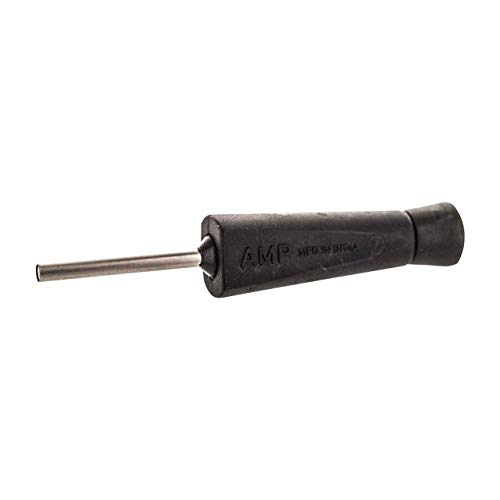This is a dump from a filter press of hydroxides, likely not much different than what comes out of your press. General record keeping allows a refiner to know what process lots generated enough hydroxide to fill the press.
View attachment 62873
In order to tie the values of payable metals to the entirety of the lots processed through the press, I need to dry an entire drop of the press and crush and sift it. This would give me a quantifiable result for the lots processed. Just reaching into the tray with a shovel and taking a few pounds to process is not indicative of the content of the entire lot.
From your annual estimates, you are likely generating 200 kg of these hydroxides a week. They are not all the same. Just as assays vary from lot to lot, the metals that are carried over into waste treatment vary as well.
If you don't have a ball mill big enough to mill an entire tray at the same time you can use a technique called cone and quartering to divide the sample in a way that it is more representative. Not as good as preparing the entire lot, but better than a scoop here and a scoop there.

















































